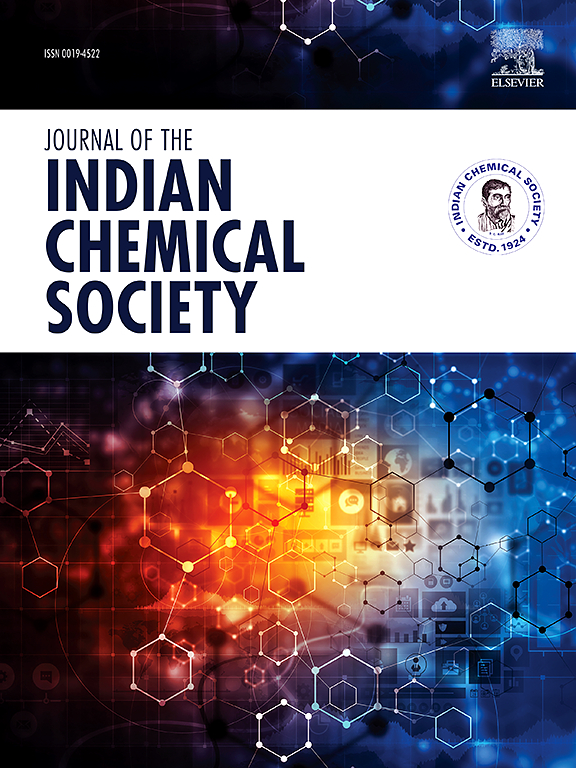Development of hydrotreatment technology to reduce the amount of sulfur and nitrogen in pyrolysis distillate using the TG-550 catalyst
IF 3.2
4区 化学
Q2 CHEMISTRY, MULTIDISCIPLINARY
引用次数: 0
Abstract
This article presents the results of a study on the hydrotreating process of pyrolysis distillate in an autoclave. The experiment utilized pyrolysis distillate produced at the "Uz-Kor Gas Chemical" plant, a TK-550 catalyst manufactured by "Chirchik-Maxam," and autoclave equipment. An experimental setup was assembled to study the catalytic processing of pyrolysis distillate, including an autoclave, frame, electric drive, transformer, thermoelectric heater, hydrogen cylinder, and control and measuring instruments. The optimal technological parameters for pyrolysis distillate hydrotreatment were determined: a temperature range 400–420 °C, hydrogen pressure of 4 MPa, hydrogen-containing gas circulation of 200 Nm3/m3 of feedstock, and a hydrogen concentration in the gas phase of 80 % (vol.). Elemental analysis, gas chromatography-mass spectrometry (GC-MS), and infrared (IR) spectroscopy were conducted on the hydrotreated distillate, the TG-550 catalyst was studied using SEM and X-ray diffraction analysis. As a result, the nitrogen content decreased from 7.4 wt% to 3.71 wt%, and the sulfur content was reduced from 9.24 wt% to 1.8 wt%. GC-MS spectra indicated the saturation of unsaturated bonds and a reduction in the number of aromatic rings. Fractionation of the hydrotreated product demonstrated that 58 % of the yield consisted of the fuel fraction.

求助全文
约1分钟内获得全文
求助全文
来源期刊
CiteScore
3.50
自引率
7.70%
发文量
492
审稿时长
3-8 weeks
期刊介绍:
The Journal of the Indian Chemical Society publishes original, fundamental, theorical, experimental research work of highest quality in all areas of chemistry, biochemistry, medicinal chemistry, electrochemistry, agrochemistry, chemical engineering and technology, food chemistry, environmental chemistry, etc.

 求助内容:
求助内容: 应助结果提醒方式:
应助结果提醒方式:


